A typical street in Kolkata, India.
Ostensibly I was in Kolkata because it was a connecting point to the tea regions of Darjeeling and Assam. In addition there was a small tea convention going on there. Also, it was my first chance to visit a famous Indian city.
First, the tea convention. For the record, it was the 2nd India International Tea & Coffee Expo. To a large degree it was a bust, at least for me. It was very small, only its second year. It didn’t really have a clear idea of whom it was addressing: importers, growers, packers, retailers, exporters or whom? It was mostly for Indian tea companies, as opposed to foreigners. I was a bit of an oddity (I’m used to that). There were lots of tea garden equipment manufacturers (which was way cool), a few actual tea companies, the official tea boards of India, Darjeeling, Assam Nilgiri, and Kangra- and these were all great contacts for me to make.
Geek warning: possibly the coolest part of the convention was the tea garden equipment manufacturers. Most of you probably know almost all of the tea TeaSource sells is still hand-plucked (2 leaves & a bud).
Two leaves & a bud, waiting to be plucked at the Goomtee Tea Garden, Darjeeling, India.
But there are some areas in the world that use machines to pluck tea leaves, particularly Japan. They do this because they don’t have enough skilled labor to go in the tea fields and pluck tea leaves. In fact the Japanese have almost made an art form of creating machinery that delivers a very high quality tea, while reducing the actual labor costs in producing these very high quality teas.
Here is a one person tea plucking machine pic from a catalog.
Here’s an actual one man machine.
Here is a two person tea plucking machine pic from a catalog.
Here is a picture of an actual 2 man machine. The handles fold out flat, so they can each be grabbed a tea worker.
These plucking machines are guided across the very top of the tea rows, which shaves the top very few leaves of the plant and collects them. However, this machine is certainly not as discriminating in choosing and plucking, ‘just the right leaves’ as a skilled tea plucker. This lesser degree of discrimination has led the Japanese to create another very cool machine: an electronic/digital tea leaf sorter that works by detecting the variations in the color of the individual leaves.
This is a pretty small scale color tea leaf sorter for small lots of tea.[/caption] The collected leaf is fed through the tea leaf sorter in a steady stream. Then, through the use of very high tech cameras, the color variations amongst the leaves and tea particles are registered and compared to whatever the machine’s program calls for at that time. Any leaves that are not the desired color (which is a reflection of density, moisture content, position on the plant, chlorophyll content, etc.) will be identified and knocked out of the tea leaf stream by a blast of air.
A very large color tea leaf sorter, complete with Nikon lenses on its cameras - it can sort about 800 lbs. of tea per hour.[/caption] This is pretty cool stuff; kind of Star Wars meets tea manufacturing. For better or worse, we will be seeing more of this kind of the thing in the future, as shortage of labor is the second biggest challenge facing all tea manufacturers.
But as I said, the tea convention was a bit of a bust: I made some good contacts, saw some cool machines (and since it was a slow convention I had a chance to sit and chat with the guys who design and build these machines). But that was about it. The nicest thing about the convention was it gave me an extra day to explore Kolkata.
Much more on Kolkata in the next post. -Bill


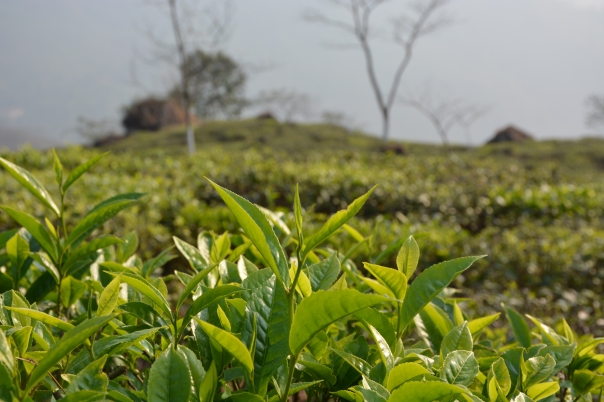
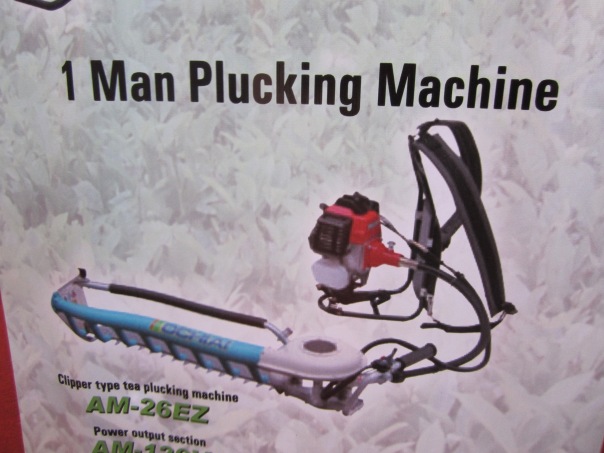
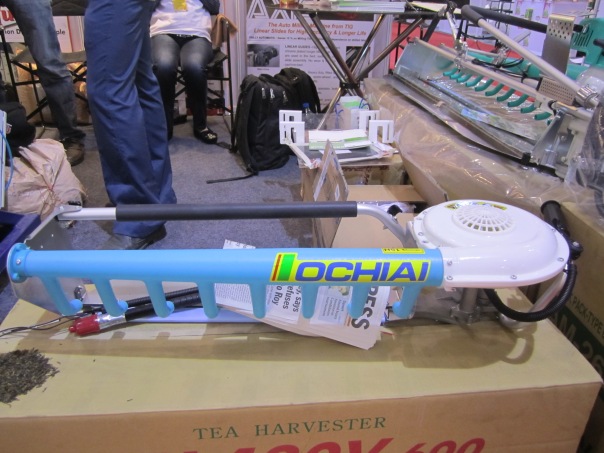
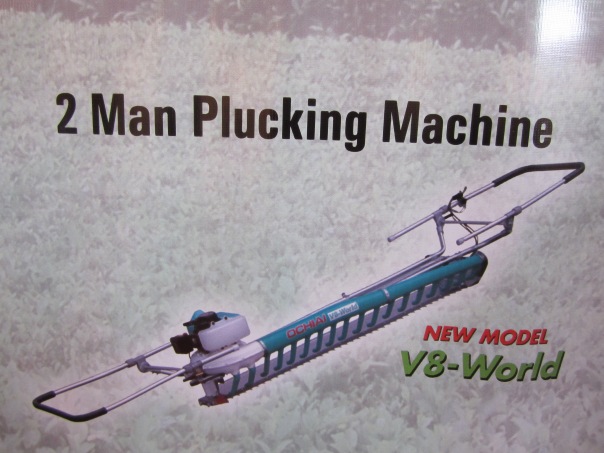
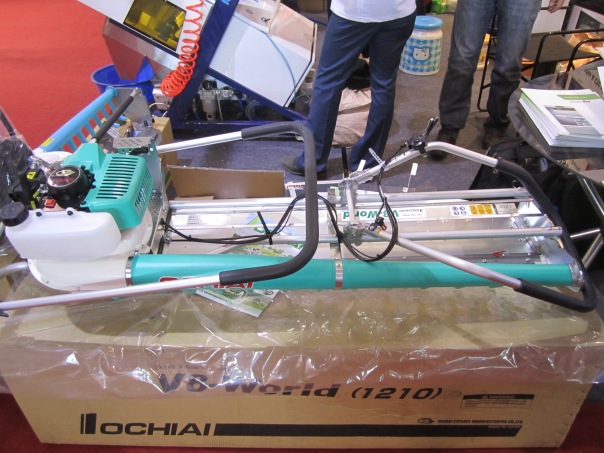

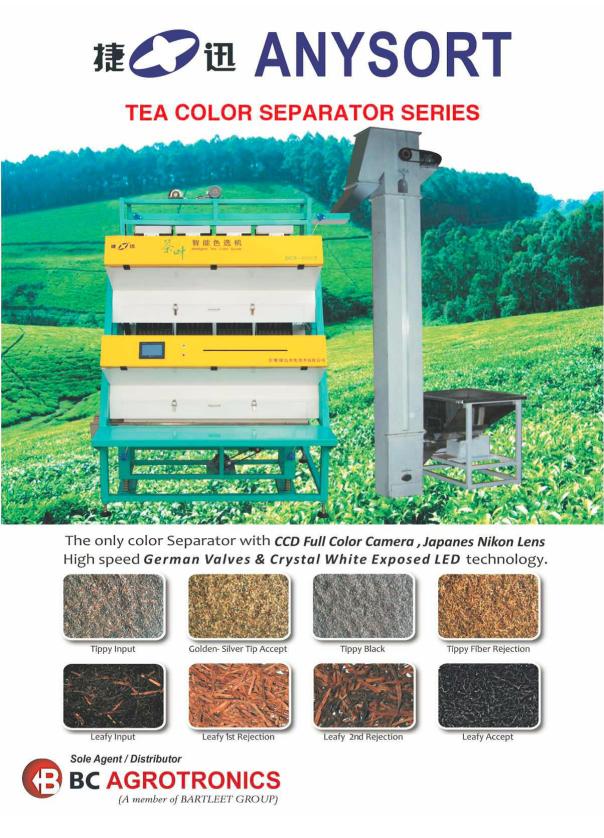
Comments
Now I understand the difference between Assam and Darjeeling a little better. Thanks for the wonderful geography lesson. :)
I liked hearing about the area of Assam being a jungle when the British first began their efforts to grow tea there – didn’t realize that. Was interesting also to learn that in Japan machines do most of the picking due to lack of labor.
Nice write-up of the trip. I would, however, suggest that the machines be referred to as ‘one-woman’ or ‘two-woman’ plucking machines to reflect the laborers they propose to replace, especially in a place like Darjeeling!